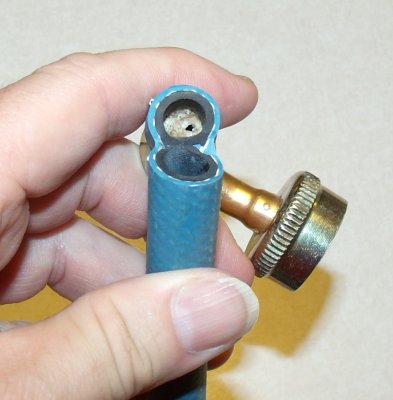I have a washing machine that I have replaced the water solenoid on once already. The original unit lasted about twelve years, but this one is getting weak (not opening completely) in only about three years. Aside from being a bother to change, the replacement unit was somewhat expensive as well.
The part number that references online give for this washer model is for a pretty expensive valve that every place local must special-order. The same part number on Amazon does not link to the same valve; different sellers link to different valves that have the same number of water connections, but obviously aren't like the original one.
Are all these water solenoid valves operated by roughly the same voltage and current? The generic ones I see sold online are all spec'd as 12 volts and a couple hundred mA (if they give a current rating at all?) and the coils on all of them look to be about the same overall size. The "official" one costs me about $30+ and there's lots of generic ones for $10 with the same types of water connections. And there is enough physical room inside the washer to mount something different....? The valve itself is a simple style with just hot & cold entry connections, and one outlet that continues on to the washer.
The part number that references online give for this washer model is for a pretty expensive valve that every place local must special-order. The same part number on Amazon does not link to the same valve; different sellers link to different valves that have the same number of water connections, but obviously aren't like the original one.
Are all these water solenoid valves operated by roughly the same voltage and current? The generic ones I see sold online are all spec'd as 12 volts and a couple hundred mA (if they give a current rating at all?) and the coils on all of them look to be about the same overall size. The "official" one costs me about $30+ and there's lots of generic ones for $10 with the same types of water connections. And there is enough physical room inside the washer to mount something different....? The valve itself is a simple style with just hot & cold entry connections, and one outlet that continues on to the washer.



